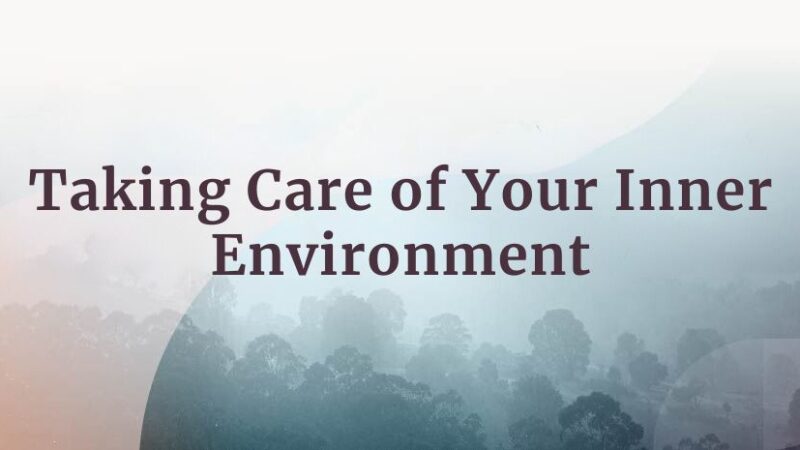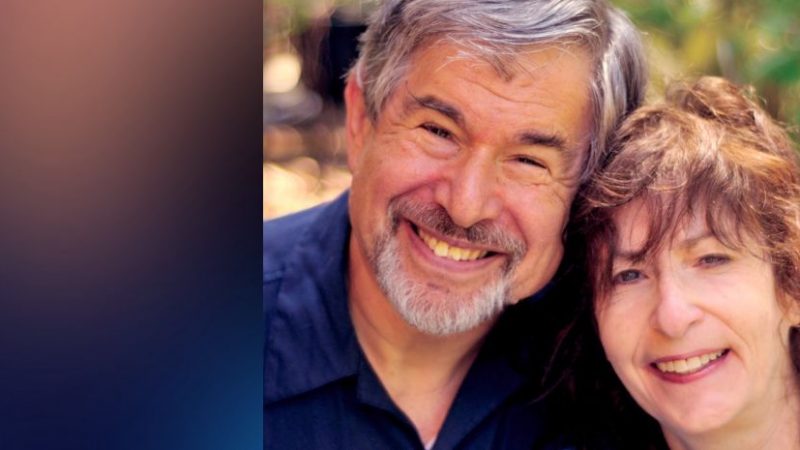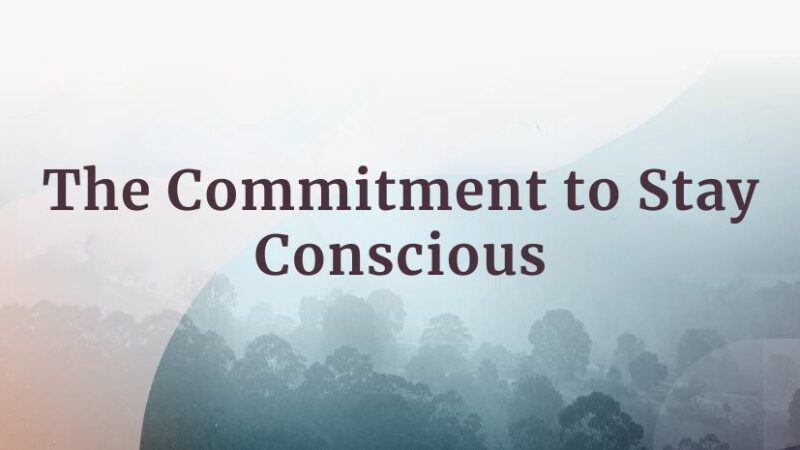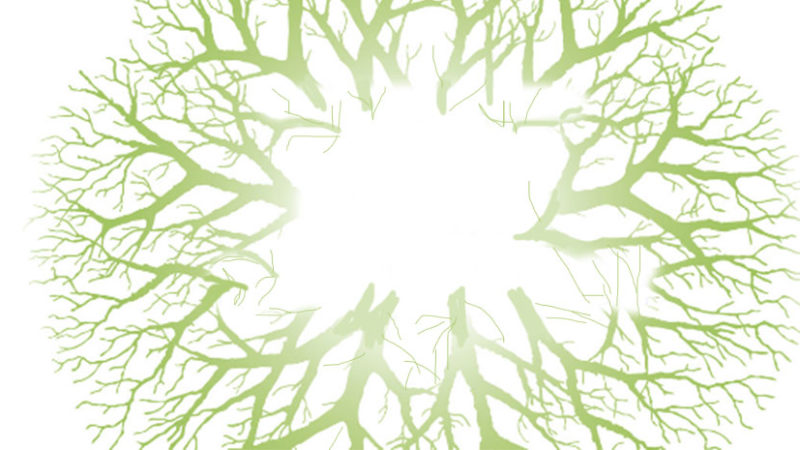Brett Lyon, PhD, SEP, and Sheila Rubin, MA, LMFT, RDT/BCT, are the founders of the Center for Healing Shame and co-creators of the Healing Shame Lyon-Rubin Method. Through their in-person and popular online trainings, they’ve taught hundreds of psychotherapists throughout the world how to more effectively identify and work with shame. With Sounds True, Brett and Sheila have created a new audio series designed for the general public called Healing Shame: How to Work with This Powerful, Mysterious Emotion—and Transform It into an Ally. In this podcast, Sounds True founder Tami Simon speaks with Bret and Sheila about how we can learn to understand and appreciate shame in a deeper way. This healing conversation covers the different types of shame we encounter, normalizes our experiences of shame, and explores how shame, though painful, can actually be a helpful emotion.






